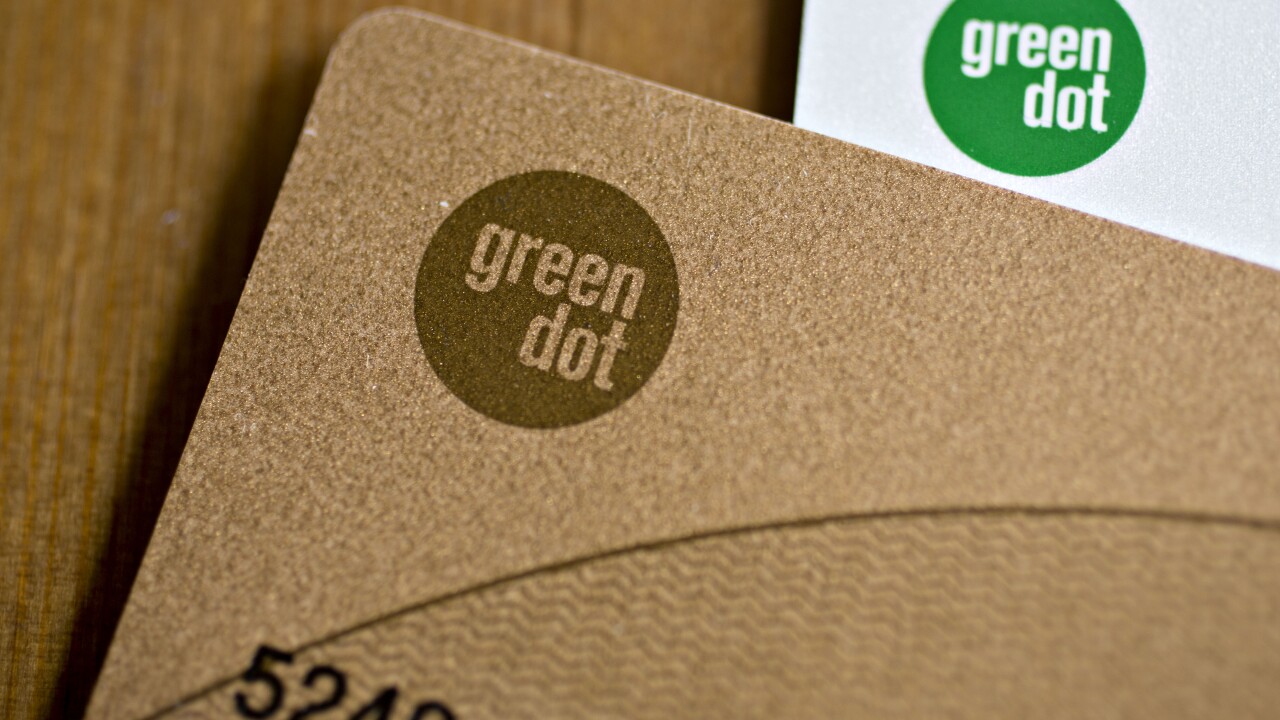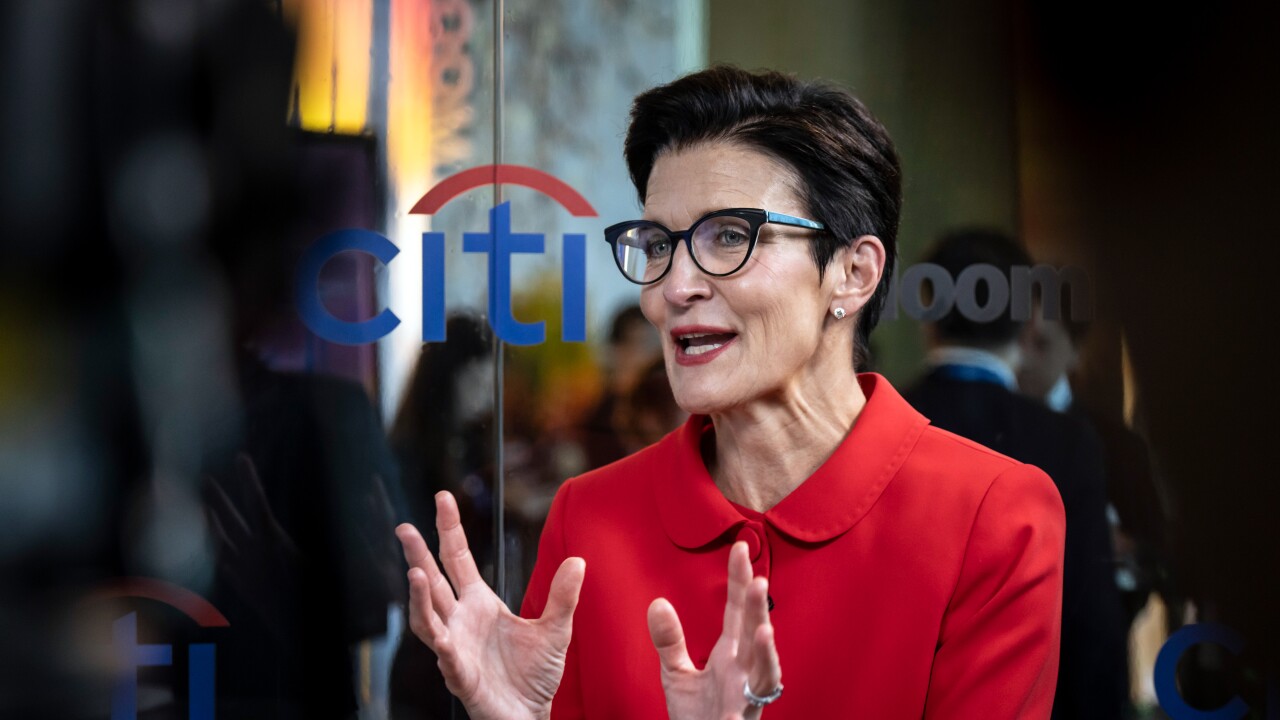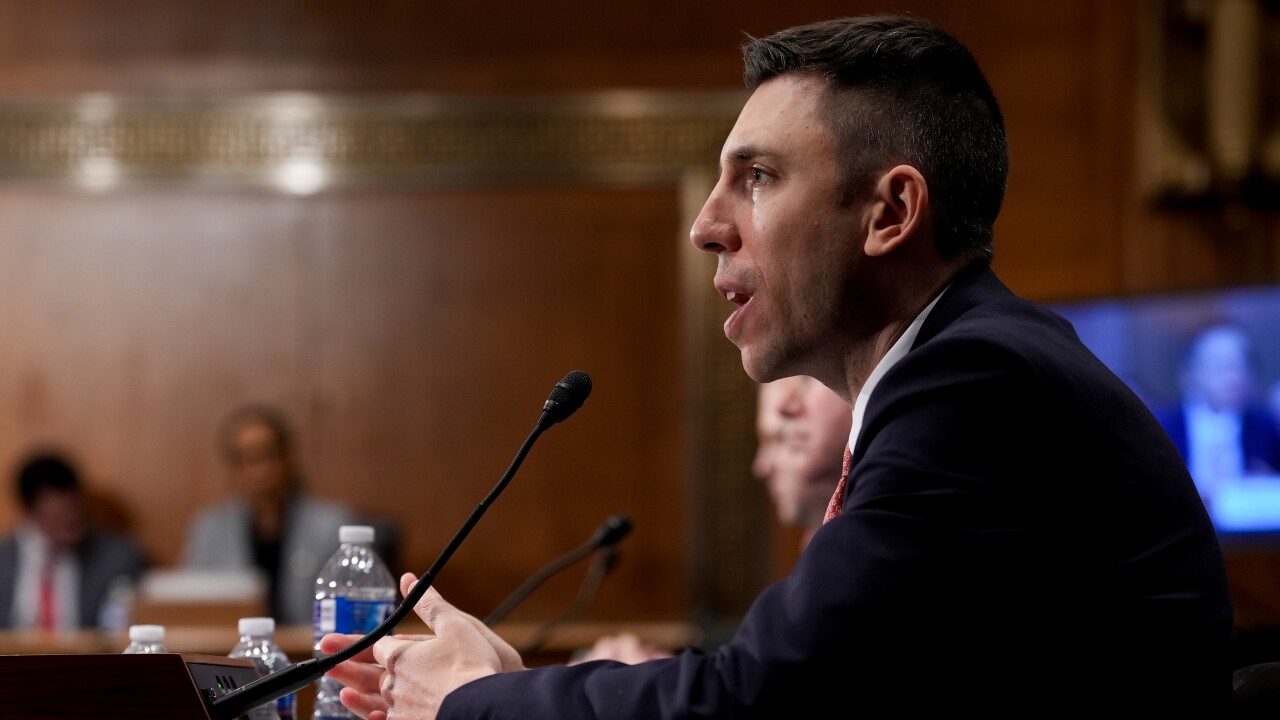- Key insight: Several large lenders reported continued strong small business loan demand despite ongoing economic uncertainty and disruption.
- Expert quote: "We're not seeing any slowdown. We're actually seeing continued momentum," said U.S. Bancorp's head of SBA lending.
- What's at stake: The 7(a) program is SBA's flagship lending program, with volume topping $37 billion in the just-completed fiscal year.
Lending under the Small Business Administration's flagship 7(a) program increased 20% in the just-completed fiscal year, reaching a record $37.3 billion. The previous high water mark was $36.5 billion in fiscal 2021.
Among individual lenders, Live Oak Bancshares in Wilmington, North Carolina, ranked as the biggest gainer, according to SBA statistics. The $13.8 billion-asset Live Oak, which has ranked as the nation's number-one 7(a) lender by dollar volume in most recent years, boosted its loan volume by 43% to $2.85 billion during fiscal 2025, which ended Sept. 30.
"We had an outsized good year," Live Oak President BJ Losch told American Banker on Thursday. Losch cited a number of factors that helped drive Live Oak's numbers, including higher volumes of business-acquisition and small-dollar loans, along with more real estate-based loans.
More broadly, Live Oak benefitted from a "pleasantly surprising" resilience in the small business sector, which has continued to perform despite concerns about inflation, tariffs and marketplace uncertainty, according to Losch.
"Even with all the noise out there, business sentiment has been surprisingly strong," Losch said.
Those comments are in line with findings contained in the most recent version of Live Oak's quarterly Business Pulse report, published Sept. 4. Nearly two-thirds of the small businesses Live Oak surveyed forecasted meeting or exceeding their 2025 financial targets.
Other banks that showed strong growth in 7(a) lending during the last fiscal year include U.S. Bancorp. The $686.4 billion-asset company grew its loan volume by 23% in fiscal 2025, to $871.2 million.
Erik Daniels, the bank's head of SBA lending, said it, too, saw a spike in business acquisition activity. But much like Live Oak, Daniels credited strong demand as the driver for much of U.S. Bancorp's growth. He expects the trend to carry over into SBA's 2026 fiscal year.
"We're not seeing any slowdown," Daniels told American Banker. "We're actually seeing continued momentum."
U.S. Bancorp invested in technology and added staff "to support the growth we're seeing," Daniels said. At the same time, the Minneapolis-based bank continues to execute on a portfolio lending strategy that gives it added flexibility in negotiating loan terms.
The company is also
Borrowers "like the predictability of how we're delivering [loans]," Daniels said. "We've been in the business a long time. They're going to have a consistent experience with us. We're going to portfolio the loan. They know what they're going to get. They know who their banker is. That really seems to be creating a lot of confidence in us and our ability to go to market."
U.S. Bancorp's strong fiscal 2025 results followed an
While the vast majority of 7(a) lenders are community banks and credit unions, larger banks do the lion's share of the lending. They also enjoyed some of the biggest year-over-year increases.
The $208 billion-asset Huntington Bancorp in Columbus, Ohio, grew its 7(a) volume by 21% to $1.86 billion. Meanwhile, the $211.6 billion-asset M&T Bank in Buffalo, New York, saw its volume jump more than 40% to $294 million.
Those increases occurred as the average 7(a) loan size climbed to $477,600, up from $443,100 in fiscal 2024.
Peter Leenhouts, vice president of sales at the business services firm Tax Guard, said he expects the movement toward larger loans to continue, adding that the trend favors bigger lenders that have more resources.
"People that have the capital structure and the sales infrastructure to do that will continue to grow in this environment,' Leenhouts said.
Live Oak, with an average 7(a) loan size that topped $1.25 million in fiscal 2025, certainly falls into that category. But the company has also been working to increase the number of small-dollar loans it makes, and Losch said that effort gained traction over the past year. Indeed, loans of $350,000 or less now make up a significant portion of Live Oak's production volume for the first time in its history, Losch said.
Small-dollar volume "has gone from not much at all, maybe $50 million or $75 million a year, to about $300 million to $350 million a year," Losch said.
"We've been working on technology to make [small-dollar lending] simpler, easier, faster and more efficient for our people to serve our customers," Losch added. "That's our goal and we'll continue to work at it."
"The SBA 7(a) program continues to be a vital resource for American small business owners seeking access to capital," Live Oak Chairman and CEO Chip Mahan said Tuesday in a press release. "We're honored to support our customers in securing this essential financing."
The 7(a) program, which provides guarantees of 50% to 75% on loans up to $5 million, is SBA's largest lending program. Under the 504 program, which is SBA's second biggest, lenders approved loans totaling $7.8 billion in fiscal 2025.






